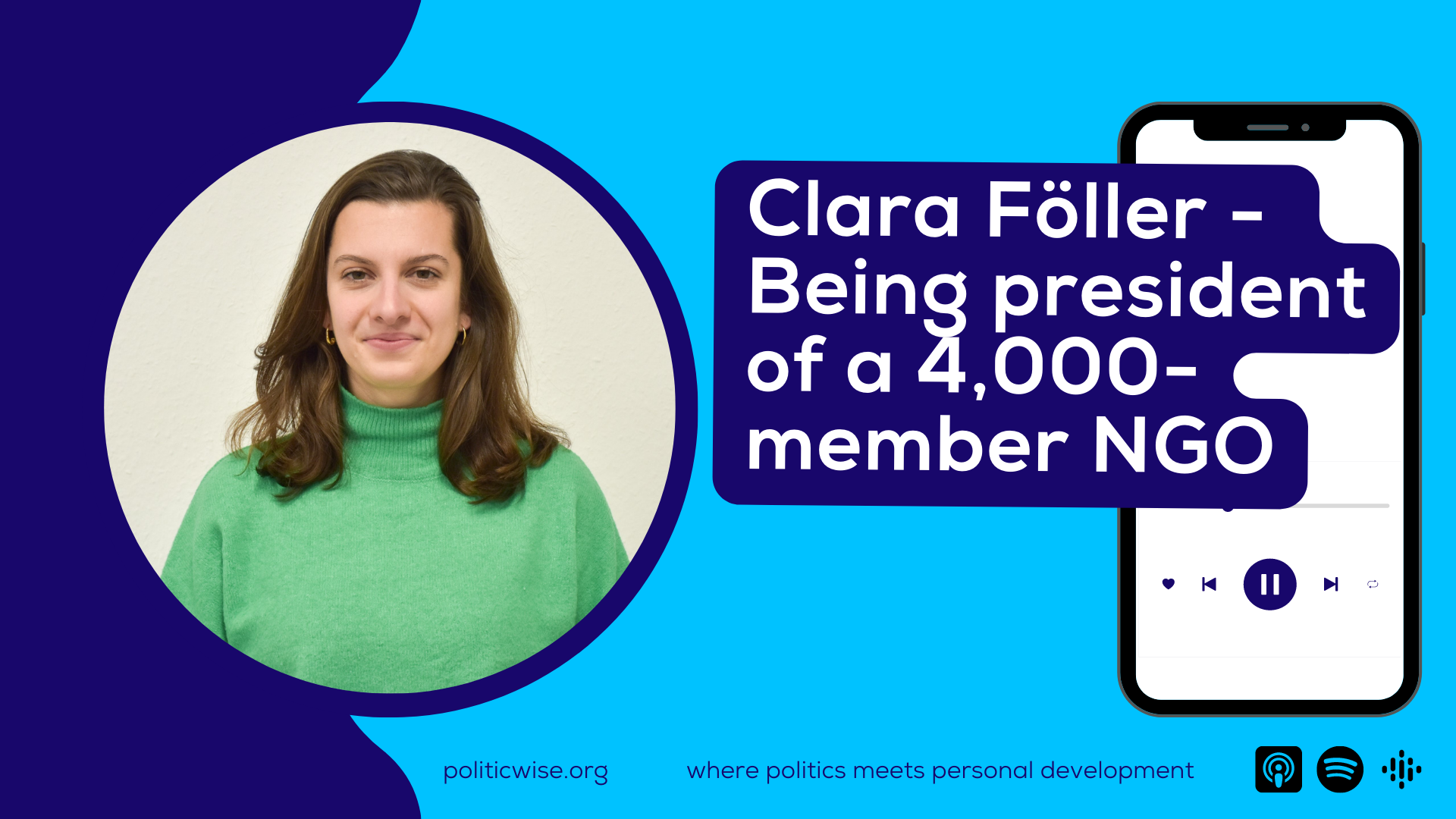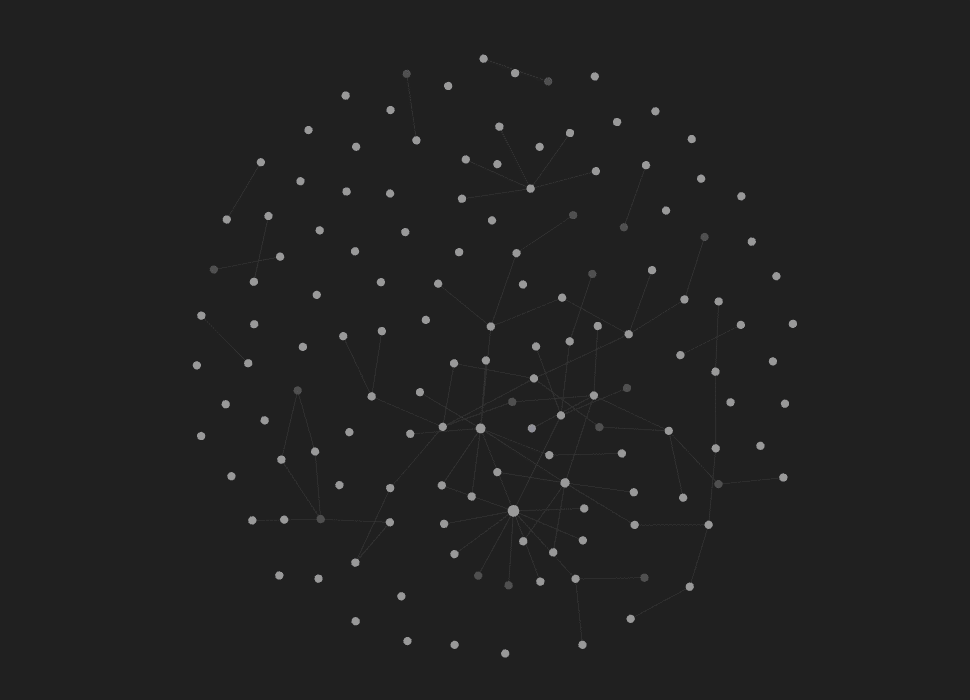There is the writer's block, the struggle to get started.
There is the reading that resembles consuming more than fueling the next creation.
There is the forgetting, or the numb feeling that, at some point, most will be forgotten.
There is the confinement of thinking for one text, one project after another, in silos.
Creating a 'second brain' might address all of these points. It might sound preposterous. After all, the brain is complex and there is so much we do not understand about it. How sensible can it be to attempt to create a second brain?
I am not talking neuroscience here.
This is what it is about: creating a virtual memory device and 'thinking partner' that links your ideas flexibly and bottom-up. It's the linking of ideas and the resulting web that evokes the image of connections in the brain.
A virtual memory device and 'thinking partner'
The idea is not new.
The late German sociologist Niklas Luhmann used a 'Zettelkasten' (German for slip box), a physical place where he stored his ideas. Luhmann credited the slip box for his productivity, publishing some 70 books and 400 academic articles.
Today, there are powerful and user-friendly applications to do that work (some great resources on that are here and here.
But the principles remain the same in the virtual world, best described in How to Take Smart Notes by Sönke Ahrens:
- Take notes and connect them bottom-up (i.e. as you go), rather than forcing notes top-down in a (folder) structure that might not work out and that inhibits the linking of thoughts across categories.
- Writing is not the output of creative work, it is the creative work: you think and understand and learn by writing.
- Embed note-taking in a coherent workflow: take fleeting notes (so you don't have to keep things in your head), process them into literature notes and permanent notes, link the notes, assemble notes together for a specific project and create an outline, write out a text based on the outline, edit and proofread. You can and probably should break up this workflow to focus only on one step at a time.
I am only starting out with this, using Obsidian as software. It's 2 months in, and I can see benefits already, although my perspective is more that it is an investment in a system that my future self will mostly benefit from.
The benefits of creating a second brain:
- Collecting/capturing ideas somewhere: not so much to never forget something as forgetting is how our brains work. But more to offload things from our mind - so that it is free to do something else.
- Supporting creative thought by requiring and being able to identify linkages between ideas, as well as pointing out gaps - a thinking partner.
- You never start from scratch, you'll have notes that you can assemble into an outline for a piece of work.
- The first place to start searching (rather than Wikipedia or Google) as the ideas and links between them are relevant to me.
- Compounding sets in as ideas build into an ever more powerful network over time.
By the way, I wrote this text much quicker than usual, because I have already had a few notes on the topic. Yes, I had to invest time in creating those notes in the first place. But doing so helped me grasp the ideas better as I had to put them into my own words. And since they are short and can stand alone, the notes won't disappear in one specific text - this blog post - but will retain their value for future thinking and writing.

Update June 2023:

